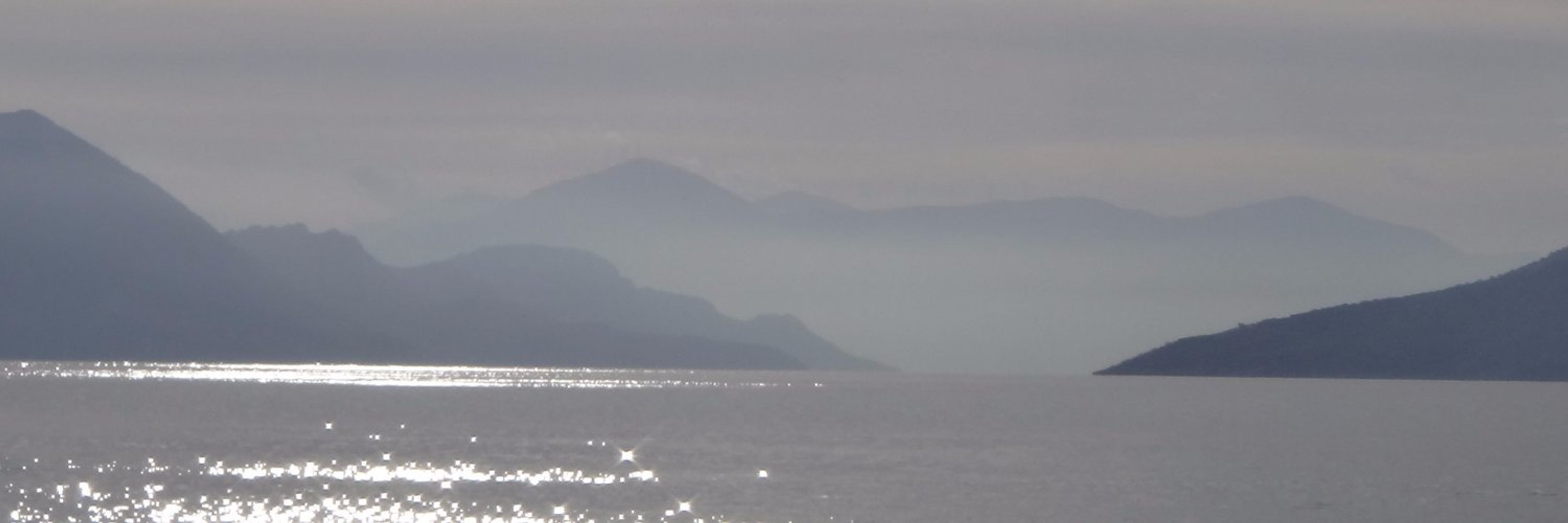
Katerina Ragkousi
@ragkousik.bsky.social
Biologist and Assistant Professor studying how cells build animals and how animals organize cells. Sea anemone (Nematostella) lab at Amherst College.
Pinned
Katerina Ragkousi
@ragkousik.bsky.social
· Feb 12
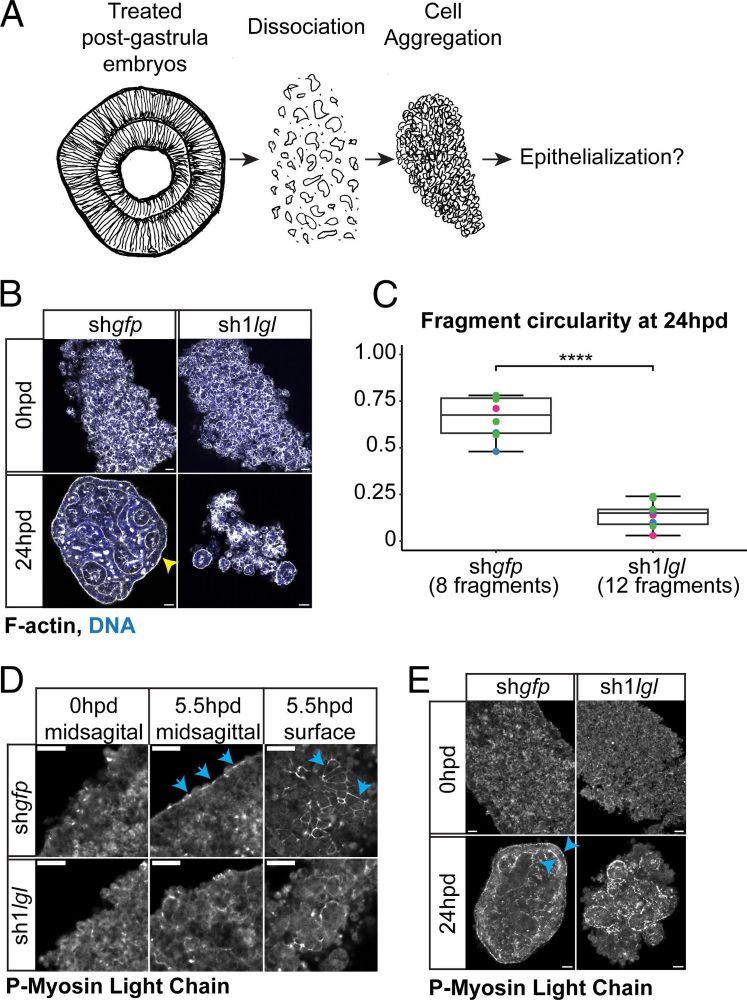
Lateral cell polarization drives organization of epithelia in sea anemone embryos and embryonic cell aggregates | PNAS
One of the first organizing processes during animal development is the assembly of
embryonic cells into epithelia. Common features unite epithelial...
www.pnas.org
"Lateral cell polarization drives organization of epithelia in sea anemone embryos and embryonic cell aggregates"
www.pnas.org/doi/10.1073/...
www.pnas.org/doi/10.1073/...
Reposted by Katerina Ragkousi
Had the pleasure of working with @mohannad-dardiry.bsky.social to rethink what it means to develop for life. Many thanks to @dev-journal.bsky.social! @embl.org #LifelongDevSI
October 31, 2025 at 11:24 AM
Had the pleasure of working with @mohannad-dardiry.bsky.social to rethink what it means to develop for life. Many thanks to @dev-journal.bsky.social! @embl.org #LifelongDevSI
Reposted by Katerina Ragkousi
First neurons didn’t appear overnight. We trace their roots to ancient secretory cells - showing how lifestyle & behavior shaped the evolution of first synapses.🧠🌊 #Evolution #Neuroscience
Our latest in @natrevneuro.nature.com
Link: rdcu.be/eMX3E
@jeffcolgren.bsky.social @msarscentre.bsky.social
Our latest in @natrevneuro.nature.com
Link: rdcu.be/eMX3E
@jeffcolgren.bsky.social @msarscentre.bsky.social

The evolutionary origins of synaptic proteins and their changing roles in different organisms across evolution
Nature Reviews Neuroscience - Recent studies have shed further light on the evolutionary origins of chemical synapses, In this Review, Colgren and Burkhardt explore how ancient proteins were...
rdcu.be
October 27, 2025 at 6:48 PM
First neurons didn’t appear overnight. We trace their roots to ancient secretory cells - showing how lifestyle & behavior shaped the evolution of first synapses.🧠🌊 #Evolution #Neuroscience
Our latest in @natrevneuro.nature.com
Link: rdcu.be/eMX3E
@jeffcolgren.bsky.social @msarscentre.bsky.social
Our latest in @natrevneuro.nature.com
Link: rdcu.be/eMX3E
@jeffcolgren.bsky.social @msarscentre.bsky.social
Reposted by Katerina Ragkousi
Our most recent study shows that stem cells in Schmidtea mediterranea do not rely on physical contacts or fixed structures to maintain their identity and regenerative potential.
@stowersinstitute.bsky.social @cp-cellreports.bsky.social @vilcekfoundation.bsky.social
www.cell.com/cell-reports...
@stowersinstitute.bsky.social @cp-cellreports.bsky.social @vilcekfoundation.bsky.social
www.cell.com/cell-reports...

October 19, 2025 at 7:56 PM
Our most recent study shows that stem cells in Schmidtea mediterranea do not rely on physical contacts or fixed structures to maintain their identity and regenerative potential.
@stowersinstitute.bsky.social @cp-cellreports.bsky.social @vilcekfoundation.bsky.social
www.cell.com/cell-reports...
@stowersinstitute.bsky.social @cp-cellreports.bsky.social @vilcekfoundation.bsky.social
www.cell.com/cell-reports...
Reposted by Katerina Ragkousi
How can we see the cells that make up a living organism? Membrane-localising tags can drive fluorescent proteins to the cell's outer membrane, making their outlines visible. But the tags don't work well in all organisms. How do you find one for your species of interest? 🧵
Check our latest preprint
Check our latest preprint

A toolkit for testing membrane-localising tags across species
Transgenic markers and tools have revolutionised how we study cells and developing organisms. Some of the elements needed to construct those tools are universally applicable (e.g. fluorescent proteins...
www.biorxiv.org
October 23, 2025 at 8:16 AM
How can we see the cells that make up a living organism? Membrane-localising tags can drive fluorescent proteins to the cell's outer membrane, making their outlines visible. But the tags don't work well in all organisms. How do you find one for your species of interest? 🧵
Check our latest preprint
Check our latest preprint
Reposted by Katerina Ragkousi
🚨 Late preprint alert!
Why do biological process rates scale nonlinearly with temperature, deviating from the straight line on an Arrhenius plot? The key may lie in their inherent complexity!
More in thread and here: doi.org/10.1101/2025...
Why do biological process rates scale nonlinearly with temperature, deviating from the straight line on an Arrhenius plot? The key may lie in their inherent complexity!
More in thread and here: doi.org/10.1101/2025...

October 22, 2025 at 10:29 AM
🚨 Late preprint alert!
Why do biological process rates scale nonlinearly with temperature, deviating from the straight line on an Arrhenius plot? The key may lie in their inherent complexity!
More in thread and here: doi.org/10.1101/2025...
Why do biological process rates scale nonlinearly with temperature, deviating from the straight line on an Arrhenius plot? The key may lie in their inherent complexity!
More in thread and here: doi.org/10.1101/2025...
Reposted by Katerina Ragkousi
Enhanced RNA quality control maintains long-term regenerative ability in planarians.
Read this #LifelongDevSI #OA Research Article by Michael Zelko, Josien C. van Wolfswinkel and colleagues:
journals.biologists.com/dev/article/...
Read this #LifelongDevSI #OA Research Article by Michael Zelko, Josien C. van Wolfswinkel and colleagues:
journals.biologists.com/dev/article/...

October 21, 2025 at 12:34 PM
Enhanced RNA quality control maintains long-term regenerative ability in planarians.
Read this #LifelongDevSI #OA Research Article by Michael Zelko, Josien C. van Wolfswinkel and colleagues:
journals.biologists.com/dev/article/...
Read this #LifelongDevSI #OA Research Article by Michael Zelko, Josien C. van Wolfswinkel and colleagues:
journals.biologists.com/dev/article/...
Reposted by Katerina Ragkousi
Latest from ours: www.cell.com/cell-reports...
This is two stories in one: a case study/cautionary tale on developing genetic tools in new organisms, and the first hint at a gene regulatory network for choanoflagellate multicellular development (which turn out to involve a Hippo/YAP/ECM loop!) A 🧵
This is two stories in one: a case study/cautionary tale on developing genetic tools in new organisms, and the first hint at a gene regulatory network for choanoflagellate multicellular development (which turn out to involve a Hippo/YAP/ECM loop!) A 🧵

October 5, 2025 at 10:35 AM
Latest from ours: www.cell.com/cell-reports...
This is two stories in one: a case study/cautionary tale on developing genetic tools in new organisms, and the first hint at a gene regulatory network for choanoflagellate multicellular development (which turn out to involve a Hippo/YAP/ECM loop!) A 🧵
This is two stories in one: a case study/cautionary tale on developing genetic tools in new organisms, and the first hint at a gene regulatory network for choanoflagellate multicellular development (which turn out to involve a Hippo/YAP/ECM loop!) A 🧵
Reposted by Katerina Ragkousi
Hydra body axis balance: a fight between two transcription factors
This Research Highlight showcases the work from Jaroslav Ferenc, Marylène Bonvin, Panagiotis Papasaikas, Jacqueline Ferralli, Clara Nuninger and Charisios D. Tsiairis:
journals.biologists.com/dev/article/...
This Research Highlight showcases the work from Jaroslav Ferenc, Marylène Bonvin, Panagiotis Papasaikas, Jacqueline Ferralli, Clara Nuninger and Charisios D. Tsiairis:
journals.biologists.com/dev/article/...
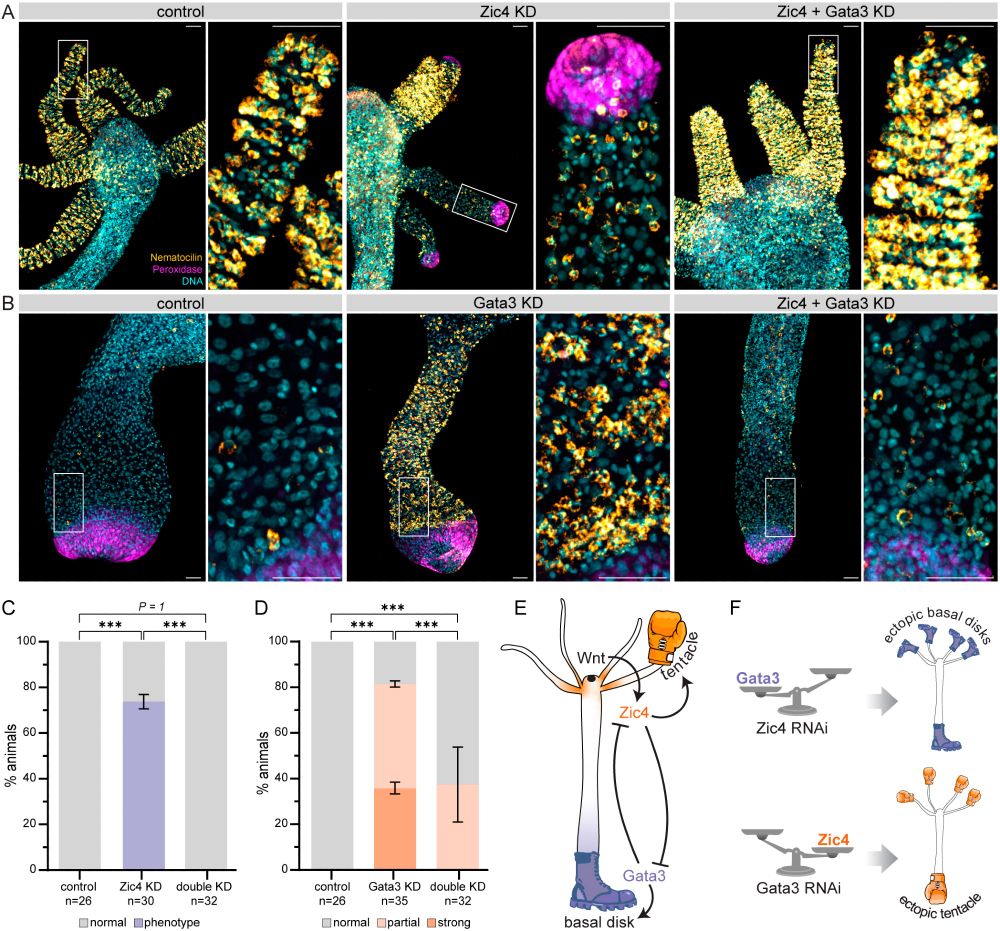
September 16, 2025 at 10:27 AM
Hydra body axis balance: a fight between two transcription factors
This Research Highlight showcases the work from Jaroslav Ferenc, Marylène Bonvin, Panagiotis Papasaikas, Jacqueline Ferralli, Clara Nuninger and Charisios D. Tsiairis:
journals.biologists.com/dev/article/...
This Research Highlight showcases the work from Jaroslav Ferenc, Marylène Bonvin, Panagiotis Papasaikas, Jacqueline Ferralli, Clara Nuninger and Charisios D. Tsiairis:
journals.biologists.com/dev/article/...
Reposted by Katerina Ragkousi
We knew that cnidarians have stunning regenerative capacities. But the molecular and cellular mechanisms underlying the self-organization of gastruloids of Nematostella surprised us. A story of cell sorting and Notch signaling. Please check out the work of Sanjay's PhD work: doi.org/10.1101/2025...

September 11, 2025 at 4:16 PM
We knew that cnidarians have stunning regenerative capacities. But the molecular and cellular mechanisms underlying the self-organization of gastruloids of Nematostella surprised us. A story of cell sorting and Notch signaling. Please check out the work of Sanjay's PhD work: doi.org/10.1101/2025...
Reposted by Katerina Ragkousi
Finally, the excellent postdoc work of Emmanuel Haillot is out, where he dissected the integration of Wnt, MAPK and Notch signaling in defining mesoderm and endoderm identities in the diploblast Nematostella. Strikingly similar to sea urchins. www.nature.com/articles/s41...

August 29, 2025 at 9:04 PM
Finally, the excellent postdoc work of Emmanuel Haillot is out, where he dissected the integration of Wnt, MAPK and Notch signaling in defining mesoderm and endoderm identities in the diploblast Nematostella. Strikingly similar to sea urchins. www.nature.com/articles/s41...
Reposted by Katerina Ragkousi
Congratulations Dr. Fournon Berodia @inesfournon.bsky.social 🎉🤩 We are very proud of Inés for successfully defending her PhD thesis conducted in the @prhsteinmetz.bsky.social lab. Thank you to opponents @ragkousik.bsky.social & @levayerr.bsky.social for insightful discussions 👏


August 26, 2025 at 2:09 PM
Congratulations Dr. Fournon Berodia @inesfournon.bsky.social 🎉🤩 We are very proud of Inés for successfully defending her PhD thesis conducted in the @prhsteinmetz.bsky.social lab. Thank you to opponents @ragkousik.bsky.social & @levayerr.bsky.social for insightful discussions 👏
our unexpected results on the importance of a neural cell adhesion molecule in sea anemone epithelialization and gastrulation are just posted in the following preprint.
www.biorxiv.org/content/10.1...
www.biorxiv.org/content/10.1...
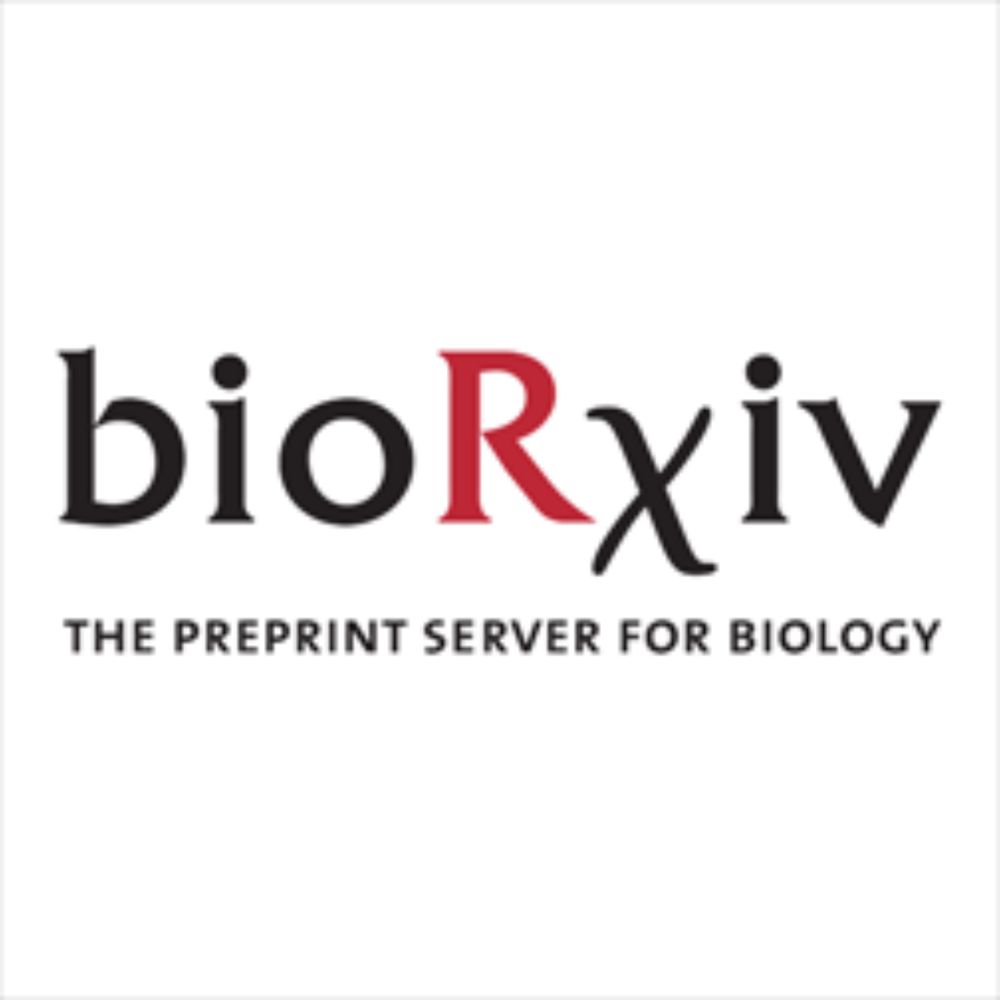
Depletion of a neural cell adhesion molecule disrupts both epithelial and germ layer identity in sea anemone embryos
Assembly of cells into epithelial layers marks the early steps of tissue organization and embryonic development in most animals. Although several conserved proteins are known to be essential for epith...
www.biorxiv.org
August 6, 2025 at 5:27 AM
our unexpected results on the importance of a neural cell adhesion molecule in sea anemone epithelialization and gastrulation are just posted in the following preprint.
www.biorxiv.org/content/10.1...
www.biorxiv.org/content/10.1...
A host organelle integrates stolen chloroplasts for animal photosynthesis: Cell www.cell.com/cell/fulltex...
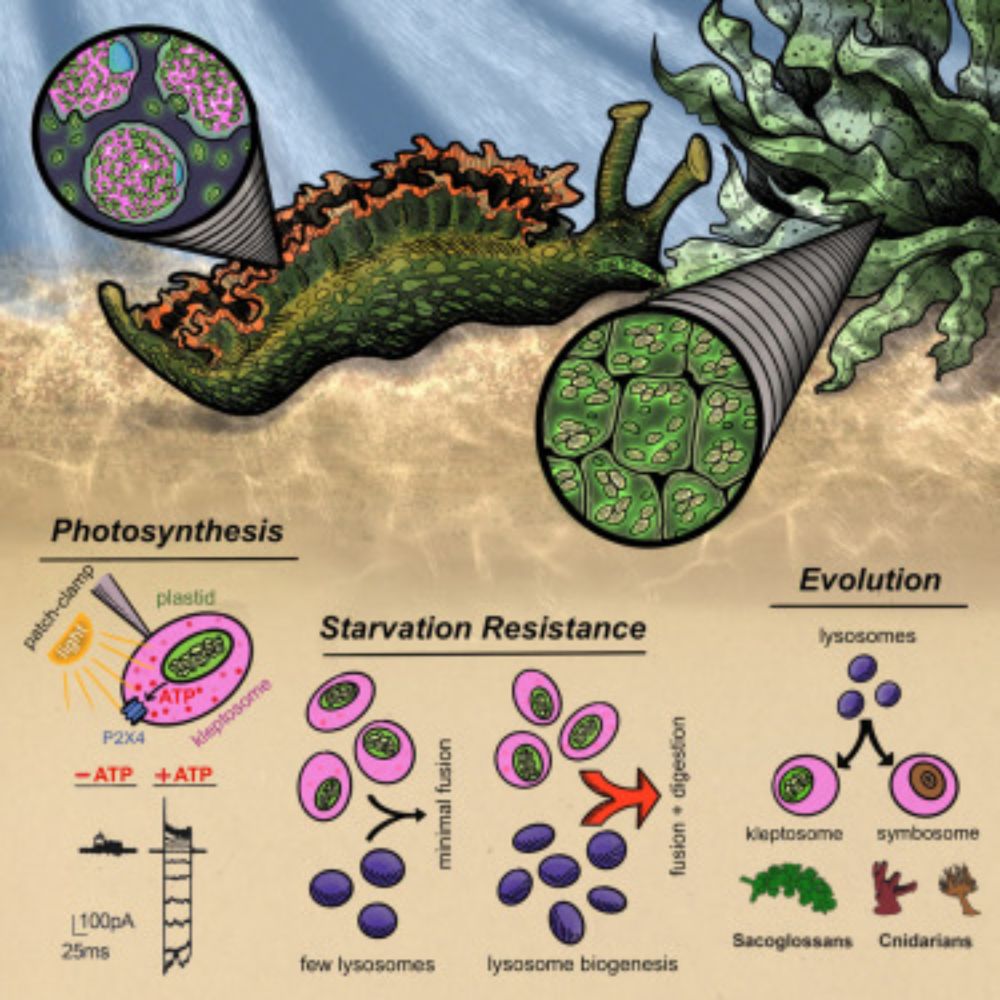
A host organelle integrates stolen chloroplasts for animal photosynthesis
Sea slugs steal foreign chloroplasts and store them in specialized organelles that
facilitate photosynthesis and eventual digestion to mediate starvation resistance.
www.cell.com
June 26, 2025 at 4:01 AM
A host organelle integrates stolen chloroplasts for animal photosynthesis: Cell www.cell.com/cell/fulltex...
Reposted by Katerina Ragkousi
Mark your calendars for May 18-22, 2026- in Roscoff, Brittany, for the next iteration of the Developmental Biology Conference Jacques Monod!
Coming back in 2026- a Jacques Monod Conference in Roscoff centered on Developmental Biology! This edition will be:
“Developmental regulation: from molecular to ecological niches” @lionlchristiaen.bsky.social and I hope to see you there! Info and dates coming soon.
“Developmental regulation: from molecular to ecological niches” @lionlchristiaen.bsky.social and I hope to see you there! Info and dates coming soon.

June 13, 2025 at 7:19 AM
Mark your calendars for May 18-22, 2026- in Roscoff, Brittany, for the next iteration of the Developmental Biology Conference Jacques Monod!
Reposted by Katerina Ragkousi
We thought we were just studying mesoglea biogenesis…Turns out Nematostella has been hiding a sophisticated backup pressure valve! Work driven by the talented PhD student Soham Basu! @embl.org www.biorxiv.org/content/10.1...
May 28, 2025 at 10:45 AM
We thought we were just studying mesoglea biogenesis…Turns out Nematostella has been hiding a sophisticated backup pressure valve! Work driven by the talented PhD student Soham Basu! @embl.org www.biorxiv.org/content/10.1...
Reposted by Katerina Ragkousi
The last part of @paulknabl.bsky.social 's PhD is now available at www.biorxiv.org/content/10.1...
Paul showed that BMP signaling is active in the diffuse nervous system of the sea anemone Nematostella and the box jellyfish Tripedalia. Moreover, suppression of BMP signaling in Nematostella leads...
Paul showed that BMP signaling is active in the diffuse nervous system of the sea anemone Nematostella and the box jellyfish Tripedalia. Moreover, suppression of BMP signaling in Nematostella leads...

The anti-neural role of BMP signaling is a side effect of its global function in dorsoventral patterning
In Bilateria with centralized nervous systems (e.g. in vertebrates or arthropods), the minimum of the BMP signaling activity gradient defines the position of the central nervous system. BMP-dependent ...
www.biorxiv.org
June 9, 2025 at 8:57 AM
The last part of @paulknabl.bsky.social 's PhD is now available at www.biorxiv.org/content/10.1...
Paul showed that BMP signaling is active in the diffuse nervous system of the sea anemone Nematostella and the box jellyfish Tripedalia. Moreover, suppression of BMP signaling in Nematostella leads...
Paul showed that BMP signaling is active in the diffuse nervous system of the sea anemone Nematostella and the box jellyfish Tripedalia. Moreover, suppression of BMP signaling in Nematostella leads...
Reposted by Katerina Ragkousi
It's #MicroscopyMonday, so let's take a peek into the 🔬
This movie was taken by Shinya Inuoe, who built the polarizing microscope that allowed scientists to see mitotic spindle fibers live for the first time.
Dr. Inuoe premiered his research at MBL.
This movie was taken by Shinya Inuoe, who built the polarizing microscope that allowed scientists to see mitotic spindle fibers live for the first time.
Dr. Inuoe premiered his research at MBL.
May 5, 2025 at 8:53 PM
It's #MicroscopyMonday, so let's take a peek into the 🔬
This movie was taken by Shinya Inuoe, who built the polarizing microscope that allowed scientists to see mitotic spindle fibers live for the first time.
Dr. Inuoe premiered his research at MBL.
This movie was taken by Shinya Inuoe, who built the polarizing microscope that allowed scientists to see mitotic spindle fibers live for the first time.
Dr. Inuoe premiered his research at MBL.
Reposted by Katerina Ragkousi
Intriguing findings from our Sendai collaborators Ruka Kitsui and Ryusaku Deguchi. While C. hemispherica spawns at dawn, Clytia IZ-D species spawns at dusk. This is not triggered by dark but, unexpectedly, by light-mediated extension of an autonomously-running 20h cycle. doi.org/10.1101/2025...
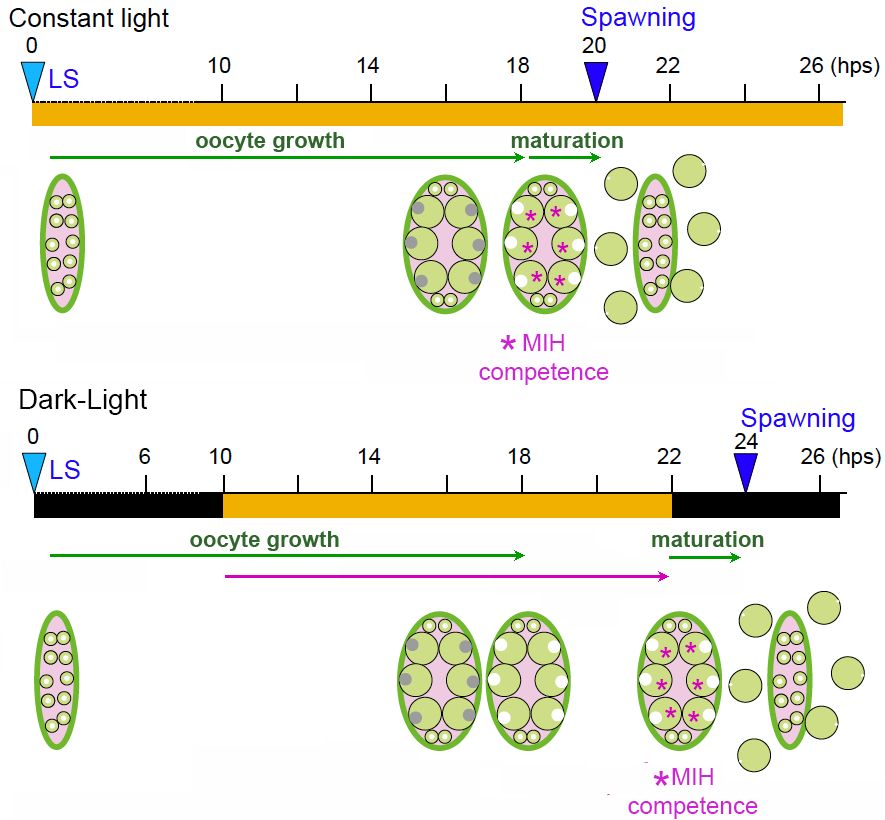
May 5, 2025 at 2:09 PM
Intriguing findings from our Sendai collaborators Ruka Kitsui and Ryusaku Deguchi. While C. hemispherica spawns at dawn, Clytia IZ-D species spawns at dusk. This is not triggered by dark but, unexpectedly, by light-mediated extension of an autonomously-running 20h cycle. doi.org/10.1101/2025...
Reposted by Katerina Ragkousi
How many cells do you need to establish PCP? The magic number is 3! Beautiful work by Lena Basta in Danelle Devenport's lab. Happy to have contributed. www.science.org/doi/10.1126/...
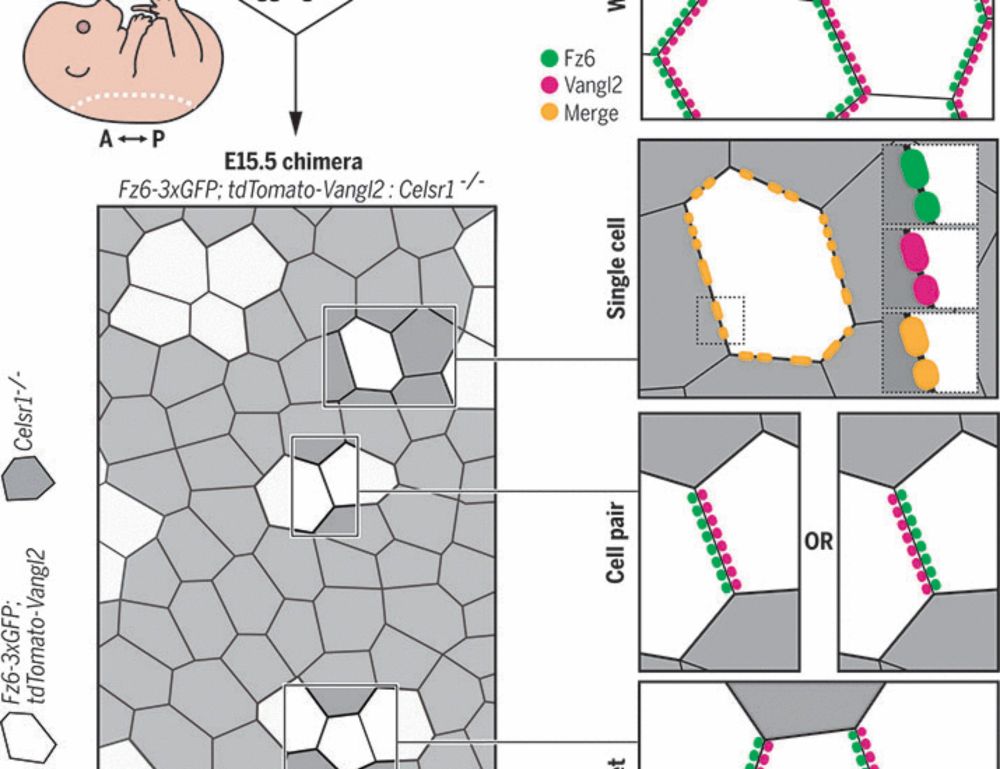
Epithelial polarization by the planar cell polarity complex is exclusively non–cell autonomous
For cells to polarize collectively along a tissue plane, asymmetrically localized planar cell polarity (PCP) complexes must form intercellular contacts between neighboring cells. Yet, it is unknown wh...
www.science.org
March 22, 2025 at 1:47 AM
How many cells do you need to establish PCP? The magic number is 3! Beautiful work by Lena Basta in Danelle Devenport's lab. Happy to have contributed. www.science.org/doi/10.1126/...
Reposted by Katerina Ragkousi
Happy to announce our latest paper! A fresh look at the sponge Aggregation Factor, a glycoprotein complex involved in self-recognition and adhesion. Previously thought to be sponge-specific, we report compelling structural links with proteins found in all animals! www.pnas.org/doi/10.1073/...
PNAS
Proceedings of the National Academy of Sciences (PNAS), a peer reviewed journal of the National Academy of Sciences (NAS) - an authoritative source of high-impact, original research that broadly spans...
www.pnas.org
December 18, 2024 at 7:15 PM
Happy to announce our latest paper! A fresh look at the sponge Aggregation Factor, a glycoprotein complex involved in self-recognition and adhesion. Previously thought to be sponge-specific, we report compelling structural links with proteins found in all animals! www.pnas.org/doi/10.1073/...
Reposted by Katerina Ragkousi
Tanya's @tclebedeva.bsky.social paper on endomesoderm specification in the beta-catenin-negative area of the Nematostella embryo is out! www.nature.com/articles/s41...
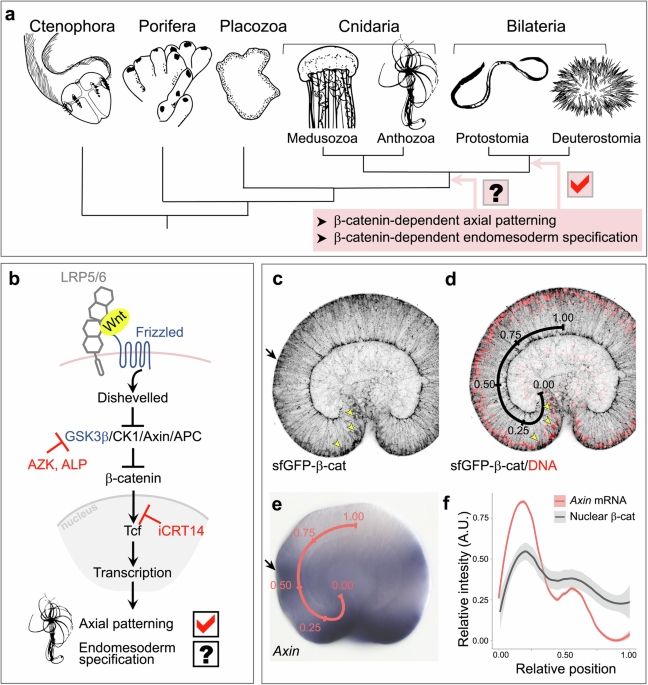
β-catenin-driven endomesoderm specification is a Bilateria-specific novelty - Nature Communications
Lebedeva et al. show that unlike Bilateria, the embryo of the cnidarian Nematostella specifies its endomesoderm in the β-catenin-negative domain. In contrast, subsequent β-catenin-dependent axial patt...
www.nature.com
March 13, 2025 at 11:26 AM
Tanya's @tclebedeva.bsky.social paper on endomesoderm specification in the beta-catenin-negative area of the Nematostella embryo is out! www.nature.com/articles/s41...
Reposted by Katerina Ragkousi
🧬 February's most-read Genetics paper looks at how #RNA travels between cells to control genes across generations #epigenetics: buff.ly/ulMGsBH
Have a paper people should see? See what our Editors look for: buff.ly/HmuOWDp
Have a paper people should see? See what our Editors look for: buff.ly/HmuOWDp
March 14, 2025 at 9:01 PM
🧬 February's most-read Genetics paper looks at how #RNA travels between cells to control genes across generations #epigenetics: buff.ly/ulMGsBH
Have a paper people should see? See what our Editors look for: buff.ly/HmuOWDp
Have a paper people should see? See what our Editors look for: buff.ly/HmuOWDp
Reposted by Katerina Ragkousi
One week left to apply!
Monod Conference "Origin of metazoans": fossils, genomes, cell biology, gene regulation, development, and more.
Join us in Roscoff for an exceptional speaker line-up and stunning venue!
🗓️Abstract deadline: March 4.
Register and share!
www.insb.cnrs.fr/fr/origin-me...
Join us in Roscoff for an exceptional speaker line-up and stunning venue!
🗓️Abstract deadline: March 4.
Register and share!
www.insb.cnrs.fr/fr/origin-me...
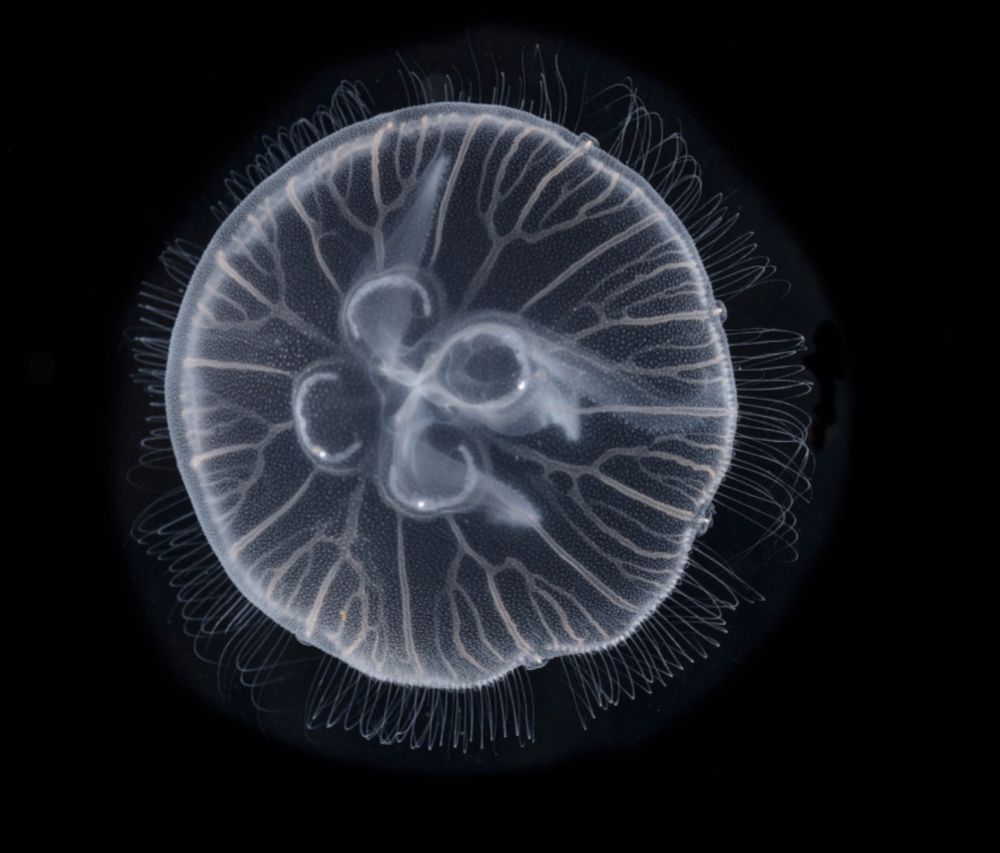
Origin of metazoans
Roscoff (Bretagne), France, June 16-20, 2025Deadline for application: March 4, 2025
www.insb.cnrs.fr
February 26, 2025 at 12:39 PM
One week left to apply!
Reposted by Katerina Ragkousi
Thrilled to see #choanoflagellates on the cover of Science Advances🤩. Our latest work "Electrical signaling and coordinated behavior in the closest relative of animals" out now. Link: www.science.org/doi/10.1126/... 👏 @jeffcolgren.bsky.social @msarscentre.bsky.social

January 8, 2025 at 7:49 PM
Thrilled to see #choanoflagellates on the cover of Science Advances🤩. Our latest work "Electrical signaling and coordinated behavior in the closest relative of animals" out now. Link: www.science.org/doi/10.1126/... 👏 @jeffcolgren.bsky.social @msarscentre.bsky.social
by Jeyanathan et al from the Ulrich Tepass lab.
www.biorxiv.org/content/10.1...
www.biorxiv.org/content/10.1...

Mitotic polarity oscillation promotes epithelial tumor progression
Mitosis of epithelial cells requires a transient loss of epithelial polarity [[1][1]–[5][2]]. However, the nature of this mitotic polarity oscillation and its functional consequences for epithelial de...
www.biorxiv.org
February 19, 2025 at 3:19 AM
by Jeyanathan et al from the Ulrich Tepass lab.
www.biorxiv.org/content/10.1...
www.biorxiv.org/content/10.1...

